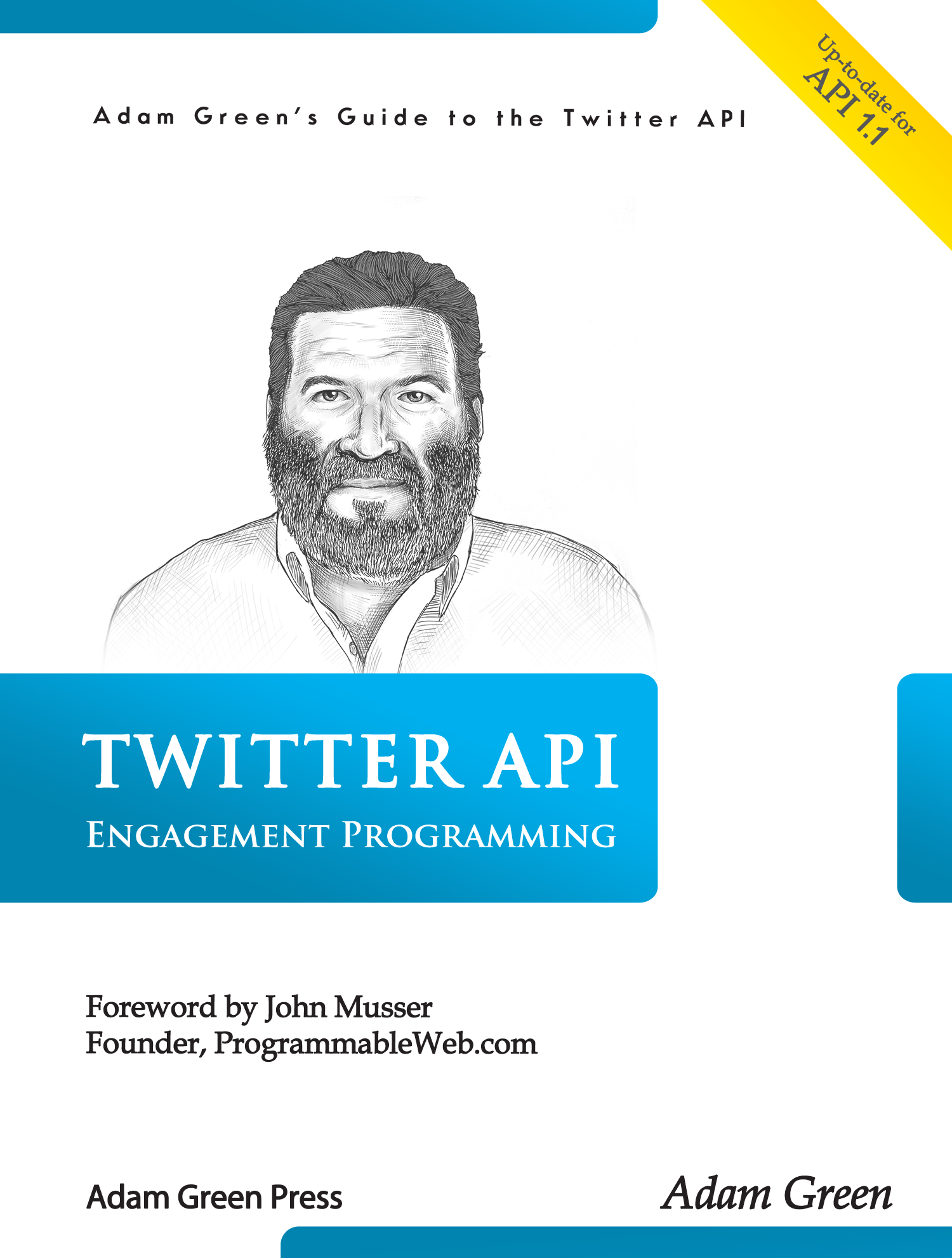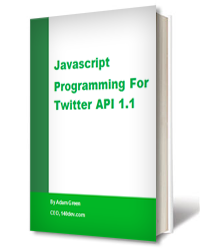A fundamental barrier for all online advertising has been the click-through. Whether a link is attached to a banner ad or is displayed in a tweet, it has no value unless users click on it. The percent of clicks per display of the link is called the click-through rate, and in every medium and genre it has always steadily declined. Wikipedia says that the average for online ads is now down to .2% – .3%. When Twitter announced promoted tweets in 2010, it claimed that click throughs on tweets were as high as 5%.
I haven’t seen any recent stats on tweet click through rates, but it is a safe bet that they have declined from that amazing height. That is a basic truth of online advertising: users become less likely to click links as they recognize them as ads. In the case of display advertising, this is called banner blindness. I’m willing to bet that something similar has happened with the various promoted ad products Twitter uses.
Which brings us to the beauty of apps in tweets. If the content the advertiser is trying to get users to reach is in the tweet, there is no click needed. Of course, an app within a tweet won’t be able to recreate an entire website, but it removes this crucial first hurdle. If a click through rate was 1%, skipping the click increases the contact between the user 100 fold. It’s an advertiser’s dream.
But here is the downside, advertisers follow Darwinian principles, creating more and more spectacular displays of plumage to attract a partner. The progression is easily predictable: first apps in tweets will be closed, then they will start appearing pre-opened in each tweet, then tweet apps will be able to auto-play audio files, then video files. It takes a strong will to say no to advertisers. As a former Dotcom CTO, I know the struggle well. Will Twitter be able to control its advertisers in tweets? Or will users develop app blindness?








